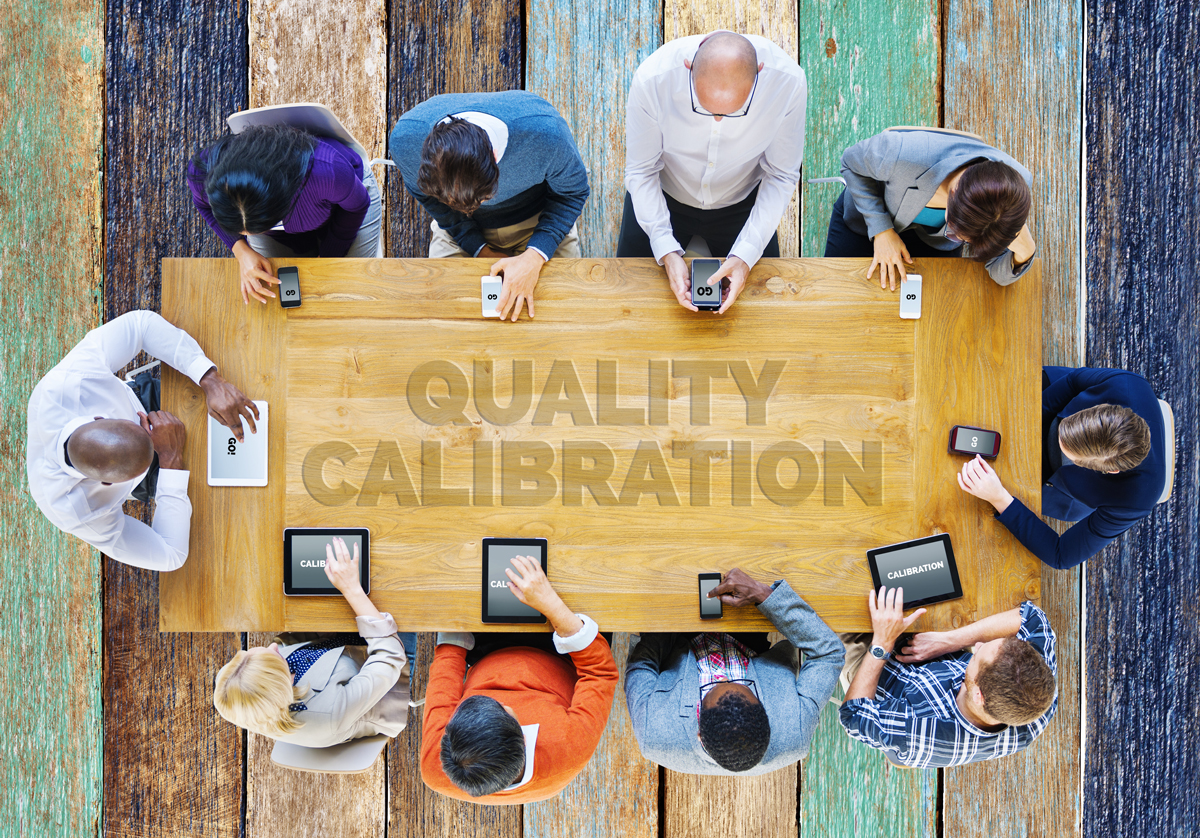One of the major strategies to delivering consistent and superb customer service through a call center is to regularly engage in a systematic call calibration process.
In these sessions, call center agents and their supervisors come together along with a vendor who is entrusted with monitoring quality.
It may also involve gathering all quality accessors in a room and taking one or two calls for review.
Objectives of call calibrations includes:
- To synchronize knowledge and understanding of communication from clients.
- To harness observations across functions for further clarification with clients (if needs arise).
- To build more synergy across functions.
For effective call centre calibration, each analyst audits the call and then everyone comes together and compares the results.
This exposes the differences in the call audit, then debate will ensue about how to align these differences correctly.
Although a calibration on random calls can be effective, being prepared and having a purpose during the calibration is a best practice.
Ask why that supervisor gave 5 under welcome greeting, and then ask them to describe what the agent did in the greeting to deserve a 5.
Minimum of one call calibration is advised in a month but once in a week is highly encouraged.
How call centre calibration improves customers service delivery.
- Calibration helps call centers implement new strategies, ensure fairness and coach both agents and quality assurance professionals.
- Ensuring that the level of customer service our agents are providing to customers consistently meets or exceeds our (and customer) expectations.
- It helps in achieving First Call Resolution (FCR).
- It saves Average Handling Time (AHT) and also improves Net Promoter Score (NPS).
Finally, the calibration process is not a “check list” exercise. It is done to understand strengths and gaps of the team.


